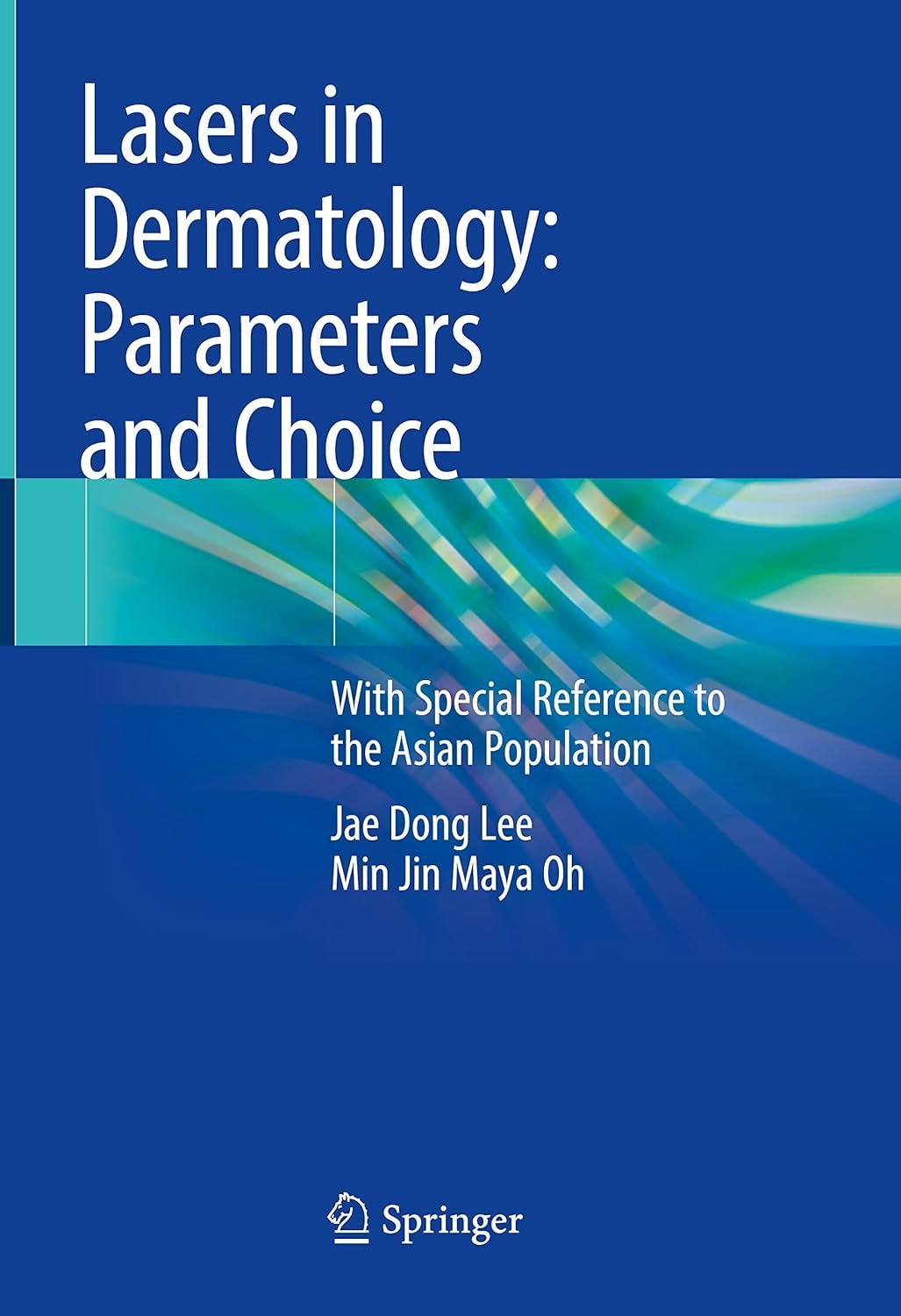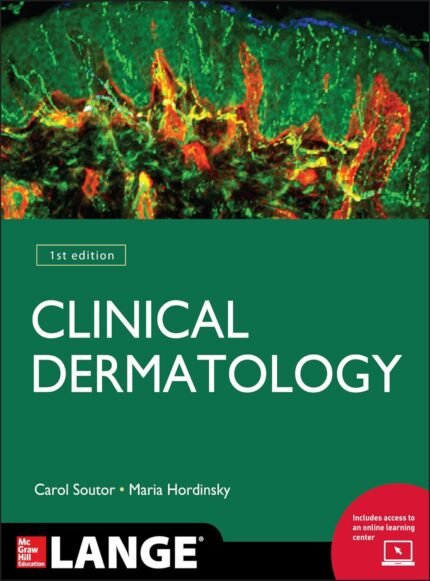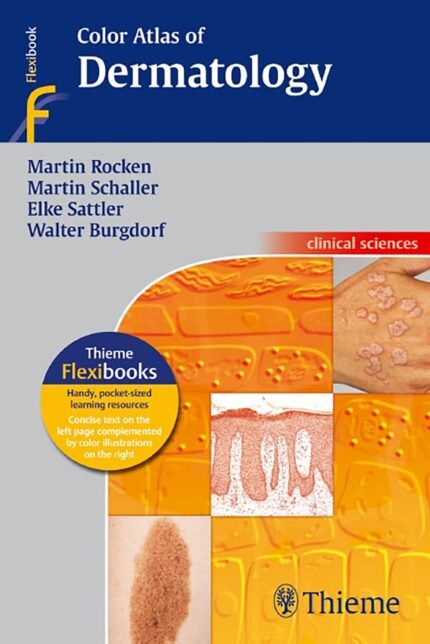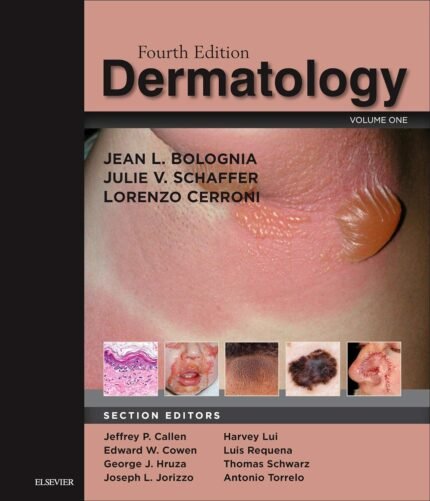“Lasers in Dermatology: Parameters and Choice – With Special Reference to the Asian Population” is a specialized resource focusing on the use of lasers in dermatological treatments, with a specific emphasis on considerations relevant to the Asian population. This book provides comprehensive coverage of laser parameters, treatment protocols, and factors influencing treatment outcomes in individuals with varying skin types and ethnic backgrounds.
Key features of “Lasers in Dermatology: Parameters and Choice – With Special Reference to the Asian Population” may include:
- Understanding Skin Phototype: The book addresses the importance of understanding skin phototype and ethnic variations in skin pigmentation, texture, and response to laser treatments. It discusses the Fitzpatrick skin typing system and its relevance in selecting appropriate laser parameters for different skin types, including those commonly found in the Asian population.
- Laser Physics and Technology: It provides an overview of laser physics, including principles of laser-tissue interactions, types of lasers used in dermatology, and parameters affecting treatment outcomes (e.g., wavelength, pulse duration, fluence, spot size). Special considerations for selecting laser devices and settings for Asian skin types are discussed.
- Treatment Indications and Protocols: The book offers guidance on the selection of laser treatments for various dermatological indications commonly encountered in the Asian population, such as pigmentary disorders (e.g., melasma, post-inflammatory hyperpigmentation), vascular lesions (e.g., telangiectasia, rosacea), acne scars, and unwanted hair. Treatment protocols, including device settings, treatment intervals, and pre- and post-procedural care, are tailored to optimize safety and efficacy in Asian patients.
- Safety Considerations and Adverse Effects: Safety considerations specific to laser treatments in individuals with Asian skin types are addressed, including the risk of post-inflammatory hyperpigmentation, hypopigmentation, scarring, and other adverse effects. Strategies for minimizing risks and optimizing patient outcomes are discussed to ensure the safety and satisfaction of Asian patients undergoing laser procedures.
- Cultural and Ethnic Considerations: The book may explore cultural and ethnic factors influencing patient preferences, perceptions of beauty, and treatment expectations among Asian populations. It discusses the importance of culturally sensitive communication, patient education, and informed consent in delivering personalized care and achieving desirable treatment outcomes.
- Combination Therapies and Integrative Approaches: It may discuss the use of combination therapies, such as combining laser treatments with topical agents, chemical peels, or injectable fillers, to enhance treatment outcomes and address multifactorial concerns in Asian patients. Integrative approaches that combine laser treatments with traditional Asian medicine or holistic wellness practices may also be explored.
- Outcome Assessment and Patient Satisfaction: Methods for evaluating treatment outcomes, assessing patient satisfaction, and managing patient expectations are discussed. Patient-reported outcomes, subjective assessments, and objective measures of treatment efficacy are considered to ensure patient-centered care and optimize treatment experiences.
- Future Directions and Innovations: The book may explore emerging technologies, innovations, and research trends in laser dermatology, with a focus on advancements relevant to the Asian population. It discusses potential future directions in laser technology, treatment modalities, and personalized approaches to address the evolving needs and preferences of Asian patients.
Overall, “Lasers in Dermatology: Parameters and Choice – With Special Reference to the Asian Population” serves as a comprehensive and authoritative resource for dermatologists, aesthetic practitioners, and researchers interested in laser treatments for individuals with Asian skin types. Its emphasis on tailored treatment approaches, safety considerations, and cultural sensitivity makes it an invaluable reference in the field of laser dermatology, particularly in diverse and multicultural populations.

 Anaesthesia books
Anaesthesia books Behavioral Science Books
Behavioral Science Books Cardiology Books
Cardiology Books Obstetric and Gynecology
Obstetric and Gynecology AMC Books
AMC Books Prepladder Notes
Prepladder Notes Stethoscope
Stethoscope Dermatology Books
Dermatology Books Neurosurgery Books
Neurosurgery Books Dentistry Books
Dentistry Books ENT Books
ENT Books Anatomy Books
Anatomy Books Biochemistry Books
Biochemistry Books Biostatistics Books
Biostatistics Books Plab Books
Plab Books Radiology Books
Radiology Books Surgery Books
Surgery Books












Reviews
There are no reviews yet.